Gujarat Woman Revives 675 Water Bodies; Helps 5000 Families Solve Water Crisis In Kutch
On World Water Day, Gazala Paul, founder of Ahmedabad-based NGO Samerth, talks about how she helped 97 villages in Kutch fight a massive water crisis through a community-led initiative.
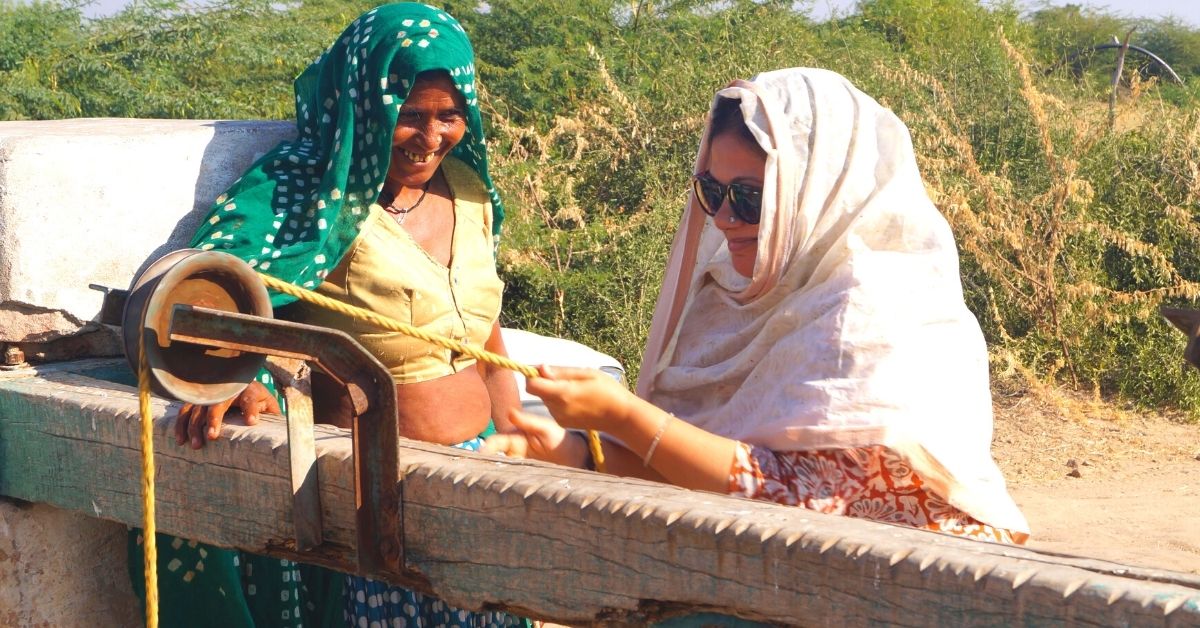
Every morning at 7 am, Ravji Tarsi Koli, a resident of Rapar taluka of Kutch, monitors the one-and-half acre pond situated a few metres from his house. His commitment may seem borderline obsessive, but it’s justified. He, along with four other families, has spent nearly Rs 1 lakh and taken multiple efforts in the last decade to conserve this pond.
Ravji resides in one of the most hostile desert landscapes in India, where droughts are a daily affair. Scanty rainfall and rising temperatures every year often force members of the local community to migrate elsewhere for livelihood.
However, since 2009, the situation has changed completely, thanks to the dedicated intervention by Ahmedabad-based NGO, Samerth, launched by Gazala Paul. With the NGO’s help, Ravji no longer has to migrate to other parts of Gujarat in search of work during non-monsoon seasons, and can also grow more than one crop.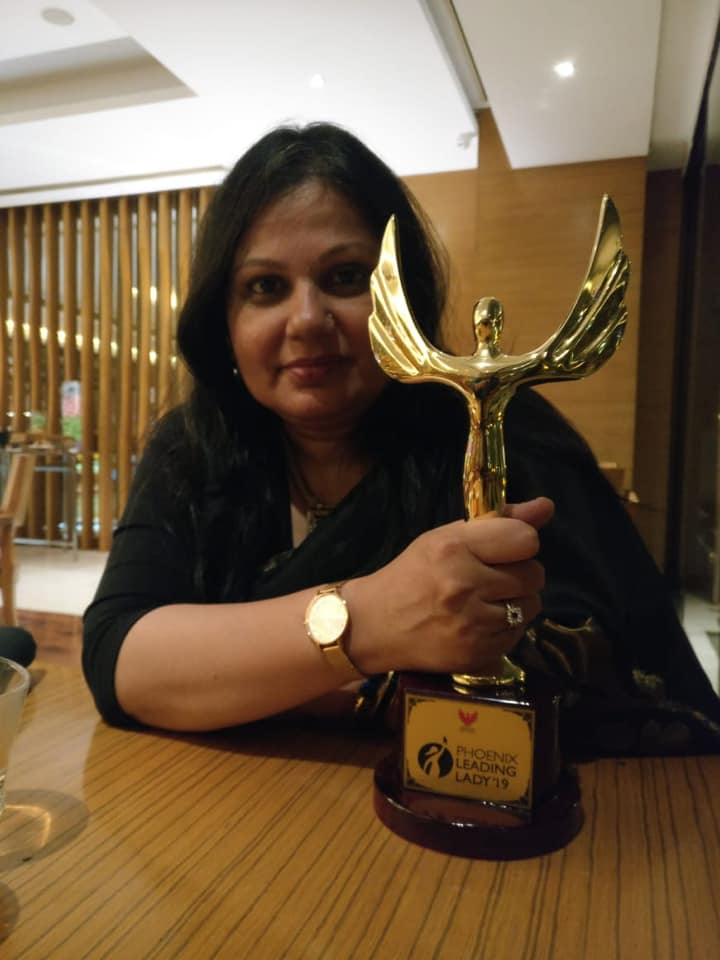
“Low rainfall would result in a crisis, forcing us to take up labour jobs despite having 3-4 acres of agricultural land. I would barely save Rs 10,000 every year before 2009. But now, every crop cycle saves me up to Rs 1,00,000. We used to practice farming only during monsoons. However, now with enough ponds in our hamlet, the rainwater recharges the groundwater and allows us to grow food throughout the year,” Ravji tells The Better India. He grows multiple crops, including cumin, bajra, moong, cotton and castor. Most of these are water-intensive, but high yielding crops.
Ravji’s story is similar to that of 5,000 farmers in Rapar, a block that was once full of cracked lands, a reminder of the region’s enduring water crisis.
“The migration rate has reduced from 70% to 30%. There are close to 675 ponds, dug wells, wells, rainwater harvesting structures and step wells in Rapar that ensure water security in the arid lands of Kutch. Besides providing water bodies for farmers, we also have built some just for cattle herders, as 30% of villagers practice animal husbandry,” Gazala tells The Better India.
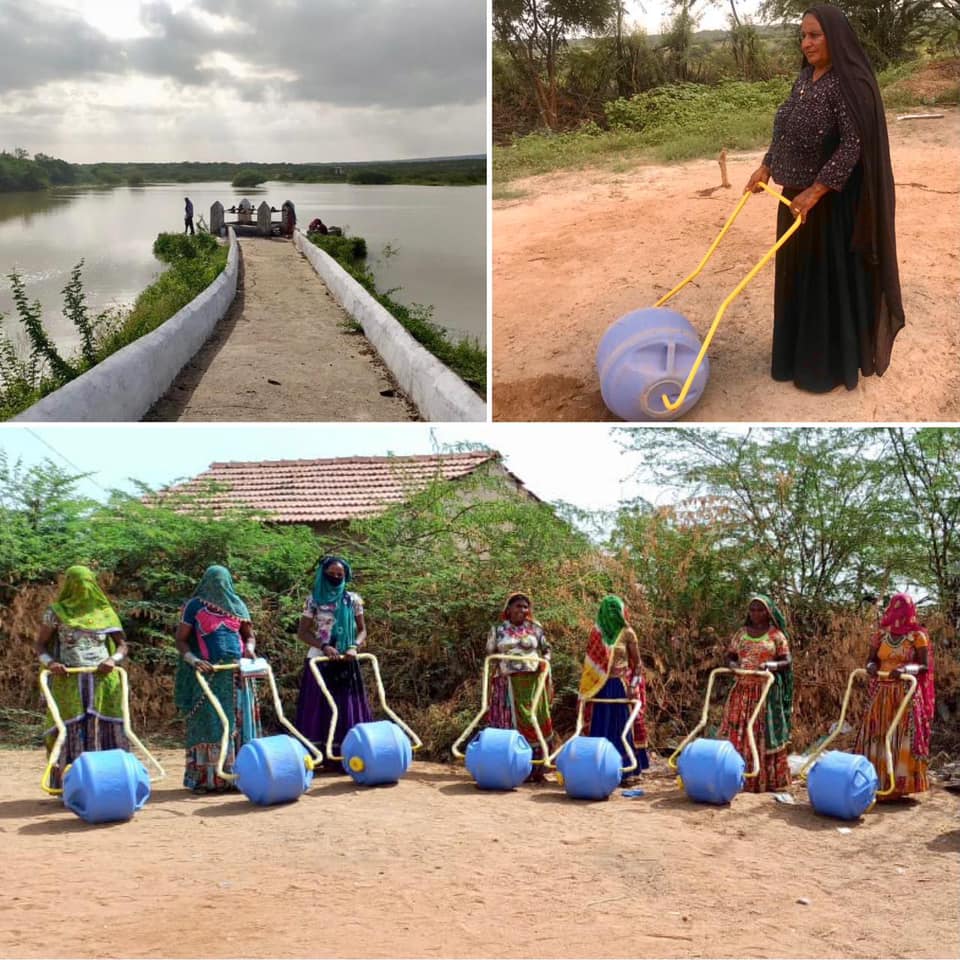
Gazala officiated Samerth in 2001, the year Kutch experienced the ferocious earthquake. It killed thousands and further disrupted the ecosystem. Climate change had a direct effect on rainfall patterns and temperatures that, in turn, caused more land salinisation and degradation in Rapar.
It was while providing relief material to the people when Gazala came up with a long-term solution to the water crisis. She spent a decade conducting hydrological mapping, educating herself about the history of water bodies, acquiring the trust of locals and arranging funds.
A trust-building initiative
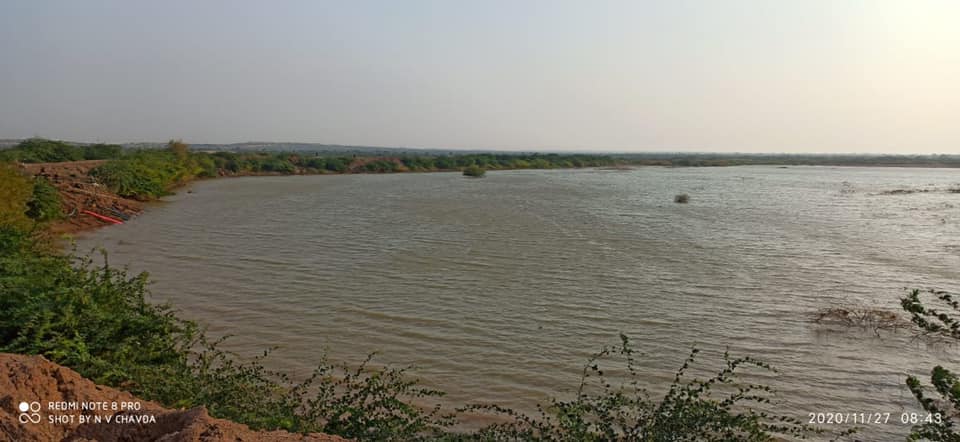
Even though Gazala has done her post-graduation in social work and dabbled in various welfare organisations, making inroads in the scattered hamlets of Kutch was a different ball game altogether.
To begin with, people found it suspicious that an organisation was here to help communities that no one otherwise paid attention to. Some believed she was here to mobilise people for votes for an upcoming election. Another faction laughed at her for thinking she could solve their age-old water problems.
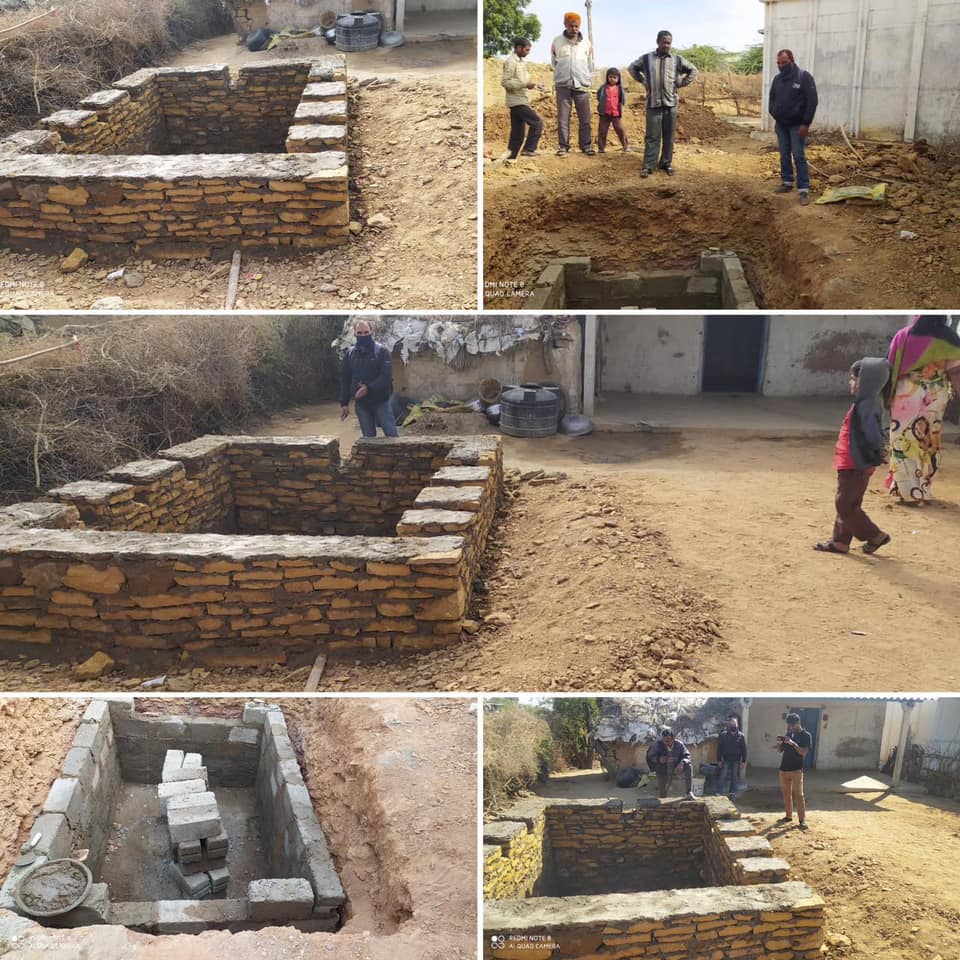
“They (communities) preferred living in utter poverty, migrating, taking loans and not sending their kids to school over trusting a bunch of outsiders, even though we had distributed free rations kits in the aftermath of the earthquake. But my team and I dealt with them with patience and executed a pilot project that impressed everyone,” Gazala recalls.
Gazala collaborated with water experts and local panchayats to study Chafakari hamlet and drafted a plan to revive and build water bodies. Fortunately, every family owned 3-4 acres, as land prices are dirt cheap. This allowed her to construct ponds near the houses. She ensured villagers were paid for their work.
The NGO and villagers cleared debris and stones, desilted five wells and four ponds, and developed a water retention area in the form of bunds. They also built round-shaped dug wells and filled them with sand to allow water to seep under the ground. In the next monsoon cycle, all water bodies were filled, and farmers could return to cultivation. They grew cash crops such as castor and cumin, which increased the overall income of the region.
“People built doors, purchased motorcycles, got fodder for cattle, and most importantly, realised the significance of water conservation. The pilot project motivated others and we replicated this model in 97 villages. The farmers even created seed banks at community level with their additional profits,” says Gazala.

Samerth’s work did not stop here. It appointed jaldoots (water volunteers) like Ravji from the community for the care and maintenance of the ponds. They relay updates to the NGO and in case of any problem, the NGO comes back to solve it. Each project is funded by a slew of stakeholders, including corporates and the government. Samerth works in collaboration with the district administration and block-level panchayats to avail schemes that can reduce expenses. For example, the NGO hires the labour force under MNREGA so the workers are paid by the government. Likewise, various water-related schemes are used to sponsor construction materials.
Reviving old traditions, inventing new ones

A striking feature of this initiative undertaken by Gazala and her 15-member team is their plan to restore traditional water systems like vavs (step-wells) while introducing modern rooftop rainwater harvesting structures at the household level.
Vavs are traditional square structures with distinctive geometric symmetry that once ensured the availability of water during periods of drought. They are underground wells that are filled with water from aquifers. However, due to issues such as encroachment, water pollution from adjacent rivers or lakes, and waste dumping, the step-wells had dried.
Samerth has revived five of them with help from locals by removing garbage and educating people about its importance. They planted trees and appointed a caretaker for each stepwell. This caretaker is allowed to run a small stall and earn money. Likewise, using simple strategies, Gazala mobilised 200 households to install a rainwater harvesting structure on the rooftops.
“We don’t need revolutionary equipment or hefty funds to solve grassroots issues. A collective will of locals and aids by the local panchayats is all you need,” she adds.
Edited by Divya Sethu
This story made me
- 97
- 121
- 89
- 167
Tell Us More
We bring stories straight from the heart of India, to inspire millions and create a wave of impact. Our positive movement is growing bigger everyday, and we would love for you to join it.
Please contribute whatever you can, every little penny helps our team in bringing you more stories that support dreams and spread hope.



















